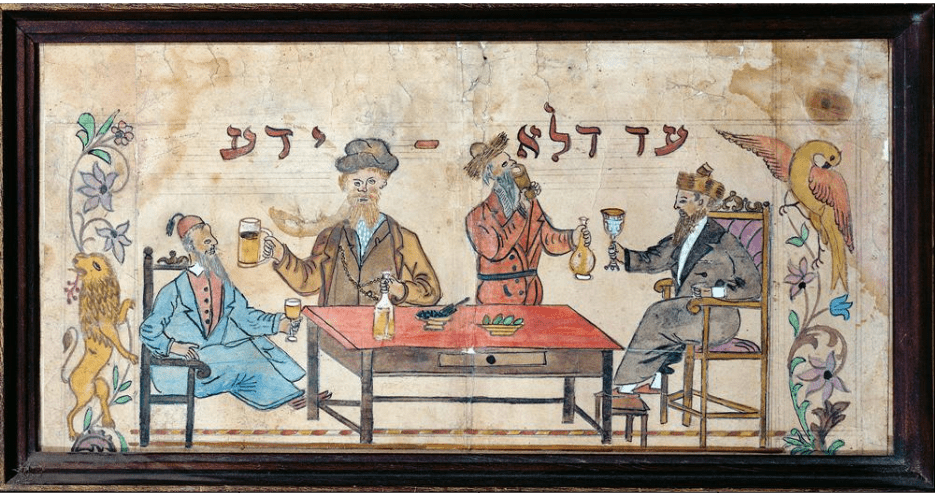Who Knows? Jewish Leadership in Times of Uncertainty
"Who Knows" seems to have become a recurring question for so many of us. Erica Brown shares personal and biblical reflections on the meaning of this phrase for the age of coronavirus.
Poets Are Purim Jews: On Contemporary Poetry’s Inexplicable Obsession with the Ordinary
Poet Yehoshua November notices a defining characteristic of contemporary poetry—fixation on the ordinary. In light of Hasidic theology, November argues that appreciation for the holiness of the ordinary underlies Megillat Esther and the celebration of Purim.
Purim and Paul: The Torah Veiled and Unveiled
What do Paul, Purim costumes, and Purim torah all have in common? Yehuda Fogel delves into the meaning of hiddenness and its role in revelation on Purim.
Ivri Anochi: A Tribute to the Paradox of Jewish Pride
Shlomo Zuckier takes a closer look at the cultural and theological underpinnings of this hit new Orthodox music video.
Joy at Last: Reflections on the End of Esther
Erica Brown explores the deeper meaning of joy in Megillat Esther and beyond.
The Upside-Down Search for Hametz
Eli Genauer explores the profound impact of a printing error on the halakhot of Pesah.
“Miracles Do Not Happen at Every Hour”: Purim Drinking as anti-Christian Polemic
Eliav Grossman examines the Talmud's account of drinking on Purim, reading it as directed at Christian texts and traditions.
An Obligation of Sight: Depictions of Suffering in the Haggadah
Ranana Dine explores the depictions of suffering in haggadot.
Purim and the Joke of Jewish Sovereignty
Zach Truboff argues that Purim reminds us of our vulnerability even with the State of Israel.
The Agagites
For Parshat Zakhor, this short story by Shira Eliaser richly imagines the world of King Saul and the clandestine encounter that brought Haman’s Amalekite ancestors into the world.



















 Site Operations and Technology by The Berman Consulting Group.
Site Operations and Technology by The Berman Consulting Group.